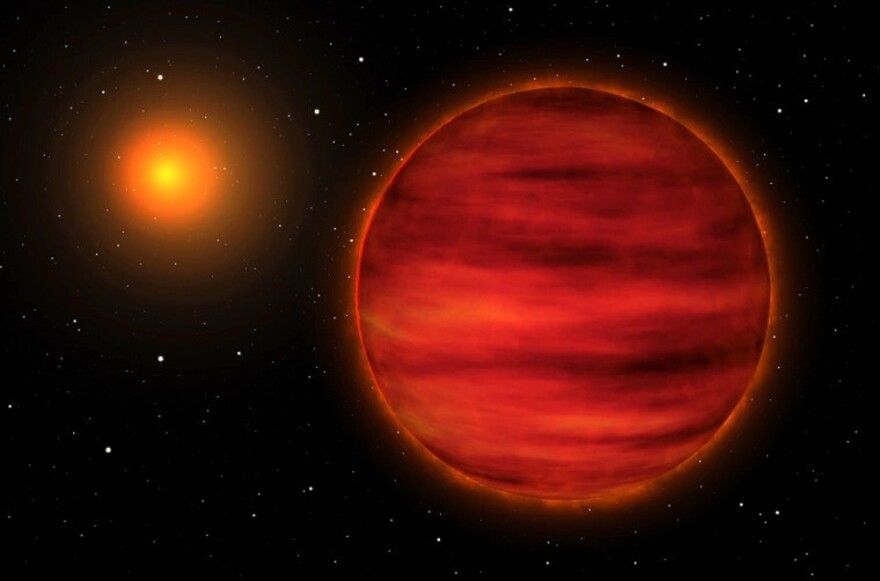Astronomers believe that the best places to search for alien life may be old stars. They prove this by relying on the theory of magnetism and the proper rotation of the luminaries.

Finding life near old stars
Once upon a time, scientists assumed that magnetic fields slowed down the rotation of stars. Thanks to new observations and sophisticated methods, they revealed the secrets of the magnetic field of the luminaries and discovered facts that they did not expect.
In 1995, Swiss astronomers Michael Mayor and Didier Queloz announced the first discovery of a planet outside our Solar System, orbiting a distant sun-like star known as 51 Pegasi. This week, an international team of astronomers published new observations of this object, suggesting that the current magnetic environment may be particularly favorable for the development of complex life.
Stars and their magnetic fields
Stars like the Sun are born by rotating rapidly, which creates a strong magnetic field that can violently flare up, bombarding their planetary systems with charged particles and harmful radiation. Over billions of years, the star’s rotation gradually slows down as its magnetic field is tightened by the wind blowing from its surface. This process is known as magnetic braking. The slow rotation creates a weaker field, and both properties continue to decrease together, fueling each other.
Although the exoplanet orbiting 51 Pegasi does not pass in front of its parent star, as seen from Earth, the celestial body shows subtle variations in brightness in the TESS observations, which can be used to measure the radius, mass and age of the star — a method known as asteroseismology.
Meanwhile, the magnetic field of 51 Pegasi imposes a tiny polarization on starlight, which allows space radio telescopes to create a magnetic map of the stellar surface during the rotation of the luminary — a method known as Zeeman-Doppler Imaging. Together, these measurements allowed astronomers to estimate the current magnetic environment around the star.
Space telescope research
Previous observations by NASA’s Kepler Space Telescope have already suggested that magnetic braking may weaken significantly after the Sun reaches a certain age, breaking the close connection between rotation and magnetism in old stars. However, the evidence for this change was indirect and based on measurements of the speed of movement of luminaries with a wide range of ages. It was clear that the rotation had stopped slowing down quite recently.
However, only direct measurements of the magnetic field of a star can establish the main causes of the slowing down of the movement of the luminaries. The TESS mission began collecting measurements in 2018 — similar to Kepler’s observations, but for the nearest and brightest stars in the sky, including 51 Pegasi.
Over the past few years, the team has begun using new tools to measure the electromagnetic fields of several TESS objects, gradually forming a new understanding of how the magnetism of luminaries such as the Sun changes with age.
Observations have shown that the decrease in the strength of magnetic fields suddenly changes in stars that are slightly younger than our luminary, becoming more than 10 times smaller. The recently measured properties of 51 Pegasi show that, like our Sun, the star has already gone through this transition to weakened magnetic braking.
According to phys.org
Follow us on Twitter to get the most interesting space news in time
https://twitter.com/ust_magazine


